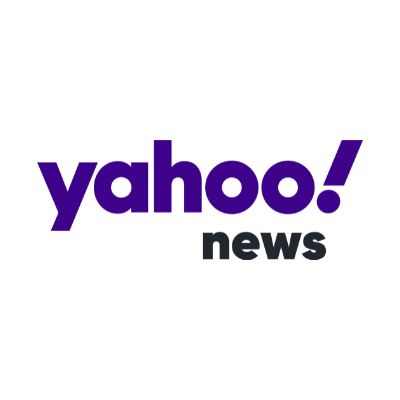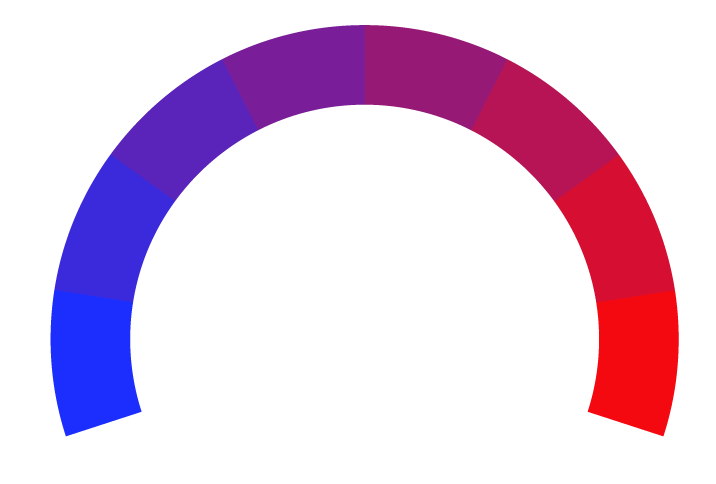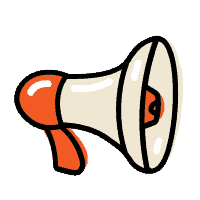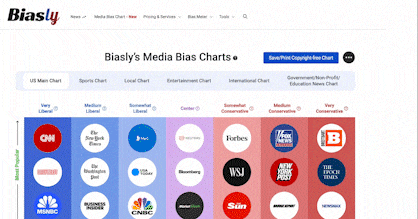 Yahoo News Article Rating
Yahoo News Article RatingSchool choice hasn't worked for Indiana. I still support it.
- Bias Rating
- Reliability
60% ReliableAverage
- Policy Leaning
-14% Somewhat Left
- Politician Portrayal
4% Positive
Continue For Free
Create your free account to see the in-depth bias analytics and more.
By creating an account, you agree to our Terms and Privacy Policy, and subscribe to email updates.
Bias Score Analysis
The A.I. bias rating includes policy and politician portrayal leanings based on the author’s tone found in the article using machine learning. Bias scores are on a scale of -100% to 100% with higher negative scores being more liberal and higher positive scores being more conservative, and 0% being neutral.
Sentiments
28% Positive
- Liberal
- Conservative
| Sentence | Sentiment | Bias |
|---|---|---|
Unlock this feature by upgrading to the Pro plan. | ||
Reliability Score Analysis
Policy Leaning Analysis
Politician Portrayal Analysis
Bias Meter
Extremely
Liberal
Very
Liberal
Moderately
Liberal
Somewhat Liberal
Center
Somewhat Conservative
Moderately
Conservative
Very
Conservative
Extremely
Conservative
-100%
Liberal
100%
Conservative

Contributing sentiments towards policy:
63% : School choice in Indiana began in 2000 with the first authorization of charter schools.57% : There are many good reasons to share my position.
55% : My work (with Dagney Faulk, director of research in the Center for Business and Economic Research at Ball State University) finds that simple test scores and proximity of schools are driving most of the transfers between local public schools.
53% : Indiana now spends less money per student on K-12 and higher education than we did when the big changes to school choice came about (2008 to 2010).
52% : The number of kids in charter schools has risen, but most charter students are enrolled in schools operated by public school districts.
50% : Ironically, the big winners of school choice, in terms of enrollment, are local public schools.
41% : Of course, that masks the reality that high-performing public schools are doing well with enrollment, while poorly performing public schools are losing enrollment.
40% : That local school choice, allowing state tax dollars to follow students to whichever school they attended, ended up being the biggest innovation.
40% : It reports similar declines in students moving to magnet schools, private schools (including Catholic schools), but no effect for those students transferring to charter schools.
37% : It is worth noting that, to really measure school performance, you must control all of the non-school effects on learning for individual students.
*Our bias meter rating uses data science including sentiment analysis, machine learning and our proprietary algorithm for determining biases in news articles. Bias scores are on a scale of -100% to 100% with higher negative scores being more liberal and higher positive scores being more conservative, and 0% being neutral. The rating is an independent analysis and is not affiliated nor sponsored by the news source or any other organization.


























